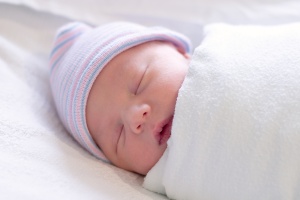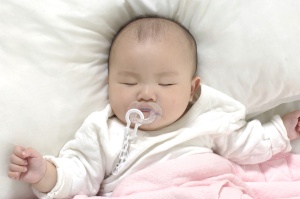Click here to go to the source.
Interviewee: Smooth Parenting’s Founder & CEO, Diana Blanco, B.B.A., M.B.A., Y.P.F.C.
1. Please tell us a little bit about your business/site?
Smooth Parenting is an infant and toddler sleep consultancy and parenting-coaching firm. We provide a gentle and progressive approach to parenting and sleep training for children under 3 years old.
Smooth Parenting’s goal is to provide parents with useful, direct and practical advice to help them become the parents they’ve always wanted to be, connect with their children, eliminate unnecessary fights and struggles, and enjoy parenthood. Smooth Parenting wants parents to have a ‘Smooth Parenting Experience’.
2. How long have you been in business?
I have been an independent parent coach and sleep training expert for many years, and have a great track record of helping families teach their babies to sleep, and help families be happier, more balanced and adjusted.
I know how stressful parenting can be at times, especially when sleep issues arise. At Smooth Parenting, we develop a personalized sleep and schedule strategy for the families she works with, after analyzing their parenting preferences, lifestyle and family dynamics. Our approach to sleep training is gentle, progressive, effective, holds the wellbeing of the child first, and follows the American Association of Pediatrics guidelines.
3. Is your business online, or a physical location or both?
Smooth Parenting offers private by-phone or in-home consultations, as well as seminars, online webinars and private groups sessions about various parenting topics.
4. What do you enjoy most about running your business/site?
I enjoy all of it, although the best part for me is being part of the transformation of families. I love helping families improve their relationships, parents become the best they can be, and children become happier and better adjusted.
I also value the opportunity to better balance my personal life, and to be fully involved in the daily lives of my daughters.
5. Is there a favorite product or service that you offer?
The favorite face-to-face services are our ‘In-Home Sleep Consultation’. We have an initial conversation with the family over the phone (or skype) learn more about their parenting style, children sleeping habits and needs. We then design a comprehensive sleep training strategy that will meet the family’s needs, current situation and parenting style. We share with the parents the recommended sleep training strategy and answer any questions they may have; during a 90 – 120 minute long meeting, at the comfort of their own home.
The In-Home Sleep Consultation includes: (1) step by step sleep training strategy, (2) nursery assessment, (3) daily schedule, (4) recommendations for the future and (5) 2 weeks of support by phone or email.
The favorite online services are our ‘Teach Your Baby to Sleep Webinars’. Webinars are live and highly interactive. You can attend from the comfort of your own home, with your computer. All the webinars include a ‘questions & answers’ section, in which you will be able to ask questions about what was discussed in the webinar, and about your baby’s particular sleep issues.
The topics covered on the most popular webinar are the following: (1) Sleep needs by age; setting the right expectations, (2) Sleep tips and techniques for your baby and toddler, (3) Step by Step sleep training guide by age, (4) Schedules, (5) Nursery set up, and (6) Bedtime routines. This webinar is perfect for parents with children between 0 and 3 years old, and for expecting parents.
6. Anything else you would like to share about your business? Being a working Mom? Etc…
For as long as I can remember, I have been passionate about children’s wellbeing, children’s rights, education, coaching and parenting. After many years working in the corporate world and graduating with an MBA from New York University; I decided to follow my passion and launched Smooth Parenting to help families have a better and smoother parenting experience.
In 2009, I became the proud mother of twin girls, who are the loves of my life and have taught me more about myself, parenting and unconditional love that I could ever imagined.
I am also the founder of Top MBA Mom, an online community for women who are mothers (or are expecting), and have earned or are earning MBA degrees. If you are one of us, I invite you to join us.









